Thank you to the tens of thousands of horse lovers and students of the equestrian art from all over the world that made our tribute to Tom Roberts go ballistic. We knew what a brilliant teacher Tom had been, but it was great to know that his teachings struck a chord all around the globe. So here is a little more, a selection of extracts from three of Tom’s books – which if you hit google you can still purchase on the net…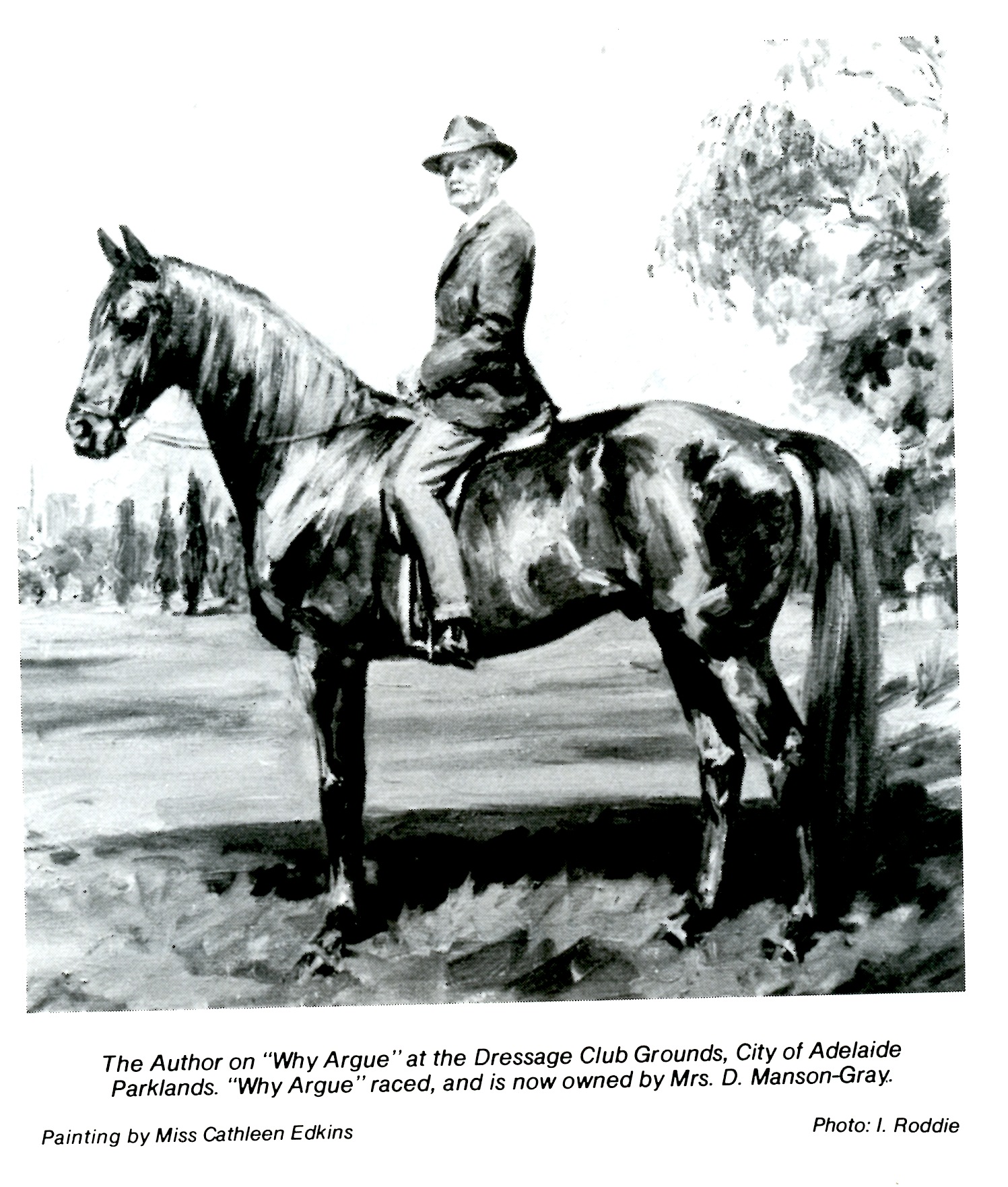
Reward and Punishment is often cited as the secret of successful horse training and undoubtedly both rewards and punishments have their place. But – we should seldom, if ever, resort to punishment when teaching our horse anything new. Punishment, when we use it, should be reserved for exceptional occasions. Don’t think ‘Reward and Punishment’, encourage and discourage is a better guide, as it drops the term punishment. When riding a young horse we alternate from encourage to discourage very frequently and quite often change from discourage to encourage several times in a matter of seconds. But the term discourage still has the drawback that it can include punishment; and we should discard any term that could include punishment as a normal training procedure. Punishment and teaching are ‘divorced.’ It is to avoid using any expression that could possibly include punishment as a normal teaching procedure that I suggest you think in the terms:
‘THAT WILL PROFIT YOU’ – ‘THAT WILL PROFIT YOU NOT’ These terms mean exactly – EXACTLY – what they say. To profit is to benefit or gain: to be better off. The profit to the horse can be any reward or encouragement the trainer may think his pupil should receive – and it must, of course, be available to give. ‘To Profit Not’ means that the horse will gain or benefit not at all. Just that. It certainly does not mean he will suffer a loss or be worse off – as he would be if he were punished. This is what is important about these expressions – and why I use them. By no stretch of the imagination can “Profit you not” be construed as punishment. It consists of the withholding of any gain, reward, encouragement or profit. That, and only that.
Page 2: Horse Control – The Young Horse
The horse learns remarkably little beyond his experiences. I will repeatedly stress, ‘Horses learn from their experiences’ – and if they are permitted to gain anything from a certain action they will naturally try to repeat it. The horse knows of no such thing as ‘vice’; he only sees it as a ‘Good thing to Do.’
Let me give you an instance from my own and quite recent experience. The horse concerned had learned to run under a low branch and leave his rider, as Jorricks said: ‘Hanging there like a Cherub in a tree.’ Surely we might call that trick a vice? ‘No such thing,’ the horse would surely have pleaded. ‘I do that to get the weight off my sore back. It is a tremendous relief.’
And so it proved to be; for the moment I mounted I found the horse showed signs of the greatest discomfort under the rider. A broken front arch of the saddle-tree with its jagged steel edges biting into his wither was the cause. Of course going under a low branch was a ‘Good thing to Do’ as the rider immediately ‘dismounted’ and so made an End-of-Lesson period – and the discomfort ceased. The horse knew nothing of the fact that the rider might be hurt; he only knew ‘Running under low branches brings relief.’
You will understand his attitude and viewpoint better having read about the use of the ‘End of Lesson,’ period or pause technique. Each horse starts off in life knowing nothing whatever of what will be expected of him. Nothing whatsoever. Each and every thing that we want of him has to be taught him. No matter how quiet, how gentle, how willing a horse may be, he cannot do what is wanted until he knows what we want – until he learns what our actions mean. If he has a vice, as we call it, it means that we have shown him, taught him by the experiences we have given him, that that ‘vicious’ trick will bring relief from our demands.
Page 10: Horse Control – The Young Horse
more follows below
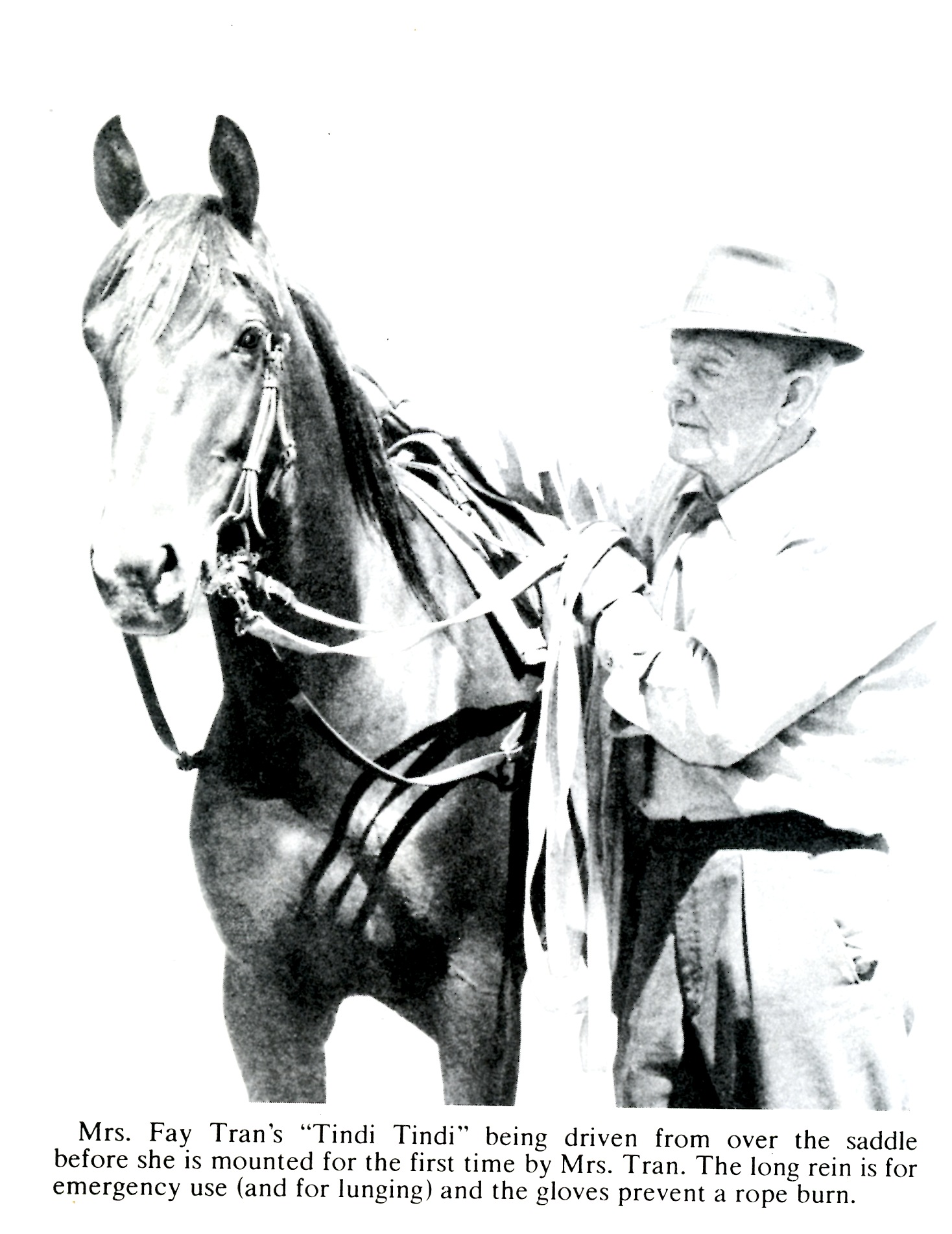
DISCIPLINE BEGINS LONG BEFORE MOUNTING
Any cheeky youngster who ‘walks all over you’ when being led or who pushes you away as though you were another horse – or who in any way starts to show disrespect – should be checked immediately. Act instantly rather than sharply. Cheekiness, lack of respect. should be reproved instantly, much as later on you will check and perhaps punish open disobedience.
I stress this matter, as time after time I see the results of mistakes made by inexperienced people who are prepared to take all the time and care their horse may need – but who are reluctant to check what they should (and usually do) recognise as being a lack of respect on the part of the horse.
Horses do not take offence.
Their ‘feelings’ are not hurt by a smack. Their attitude is more: “Goodness me! I must remember not to do that again.” And you must not take offence either. Correct the youngster, but immediately he behaves well again, show him all the care and affection you can – for as long as he behaves in a manner you approve. The young horse must respect you and show it. Many of you will be more afraid of doing the wrong thing than of anything else… DOING NOTHING IS THE MISTAKE MOST COMMONLY MADE.
Page 27: Horse Control – The Young Horse
CONTROL FROM THE SADDLE
Legs Without Hands : Hands Without Legs
Much depends upon how you act in these early days. particularly during these first short rides. Don’t worry the young horse into fighting the reins. which should be held lightly and long in the hands. Whatever you do, do NOT use your hands and legs together – at the same time – either in these early days or for a good many months yet. The guiding rule of the dressage experts for all the early work is: ‘Legs without hands; hands without legs’. This does not necessarily mean that you loosen the reins when you use your legs: it means that your hands should not act. i.e . get stronger at the same time as you use your legs – or vice versa. So. when you use your legs, when the legs become active. you must see that the hands are passive – not active, resistant, or pulling. Better, much better, at this stage to loosen the reins completely when the legs are active than to hang onto them.
Page 170: Horse Control – The Young Horse
‘DOWN THE WEIGHT- UPRIGHT THE BODY’
We have shown how the legs should be stretched well down from the seat of the saddle and hang relaxed into the stirrup irons. Now we will find advantages in stretching the upper parts of the body in the opposite direction – upwards – with the rider sitting upright, straight, and balanced over the seat-bones.
SIT ‘TALL IN THE SADDLE’
When we sit erect and balanced, little muscular effort is necessary to maintain that position. But any movement on the part of the horse will disturb this balance and we will then find it necessary to adjust our weight so that we can ‘go with him’. We have seen that when riding in racing and show-jumping etc, big changes in position become necessary; but in dressage it is only necessary to give our already balanced body a minute cant in the direction of movement – just a tiny angle to allow for or counter the influence of the horse’s movement.
I have used the word ‘cant’ deliberately, for I want to avoid the word ‘lean’. The tilt necessary is only a very small one, but I find many riders take ‘lean’ to such an exaggerated extent that it amounts to a definite fault. Later on we will deal more fully with these small changes of balance for they assume great importance in dressage: they become an aid which the horse learns to feel for and act upon.
more follows
‘UPRIGHT THE BODY’
‘Upright the body’, commands Mr Franz Mairinger and other instructors and pupils of the Spanish Riding School in Vienna. ‘Make the back long’, exhorts the Dutch expert and instructor, Mr Berend van Eerton. ‘He sits tall in the saddle’, an admirer will say of a Western horseman. Sit upright: sit tall: sit with a long body: all are different expressions from different countries and teachings but all are seeking and encouraging the same thing:
REACH UP . . STRETCH UP . . SIT BALANCED AND ERECT.
So first, sit down in your saddle with your seat well forward into the waist as already detailed. The seat position should always be checked before the body position. Tell yourself: 1. and 2. ‘Down the weight’ ‘Upright the body’.
With your weight well down on your seat-bones and your heels hanging well down in your stirrups, reach up with the BACK of your head as if you were trying to touch something, a measuring stick say, just out of reach. You will find this ONE thought, this ONE effort, will: straighten your back set your shoulders back take your chest forward and out lift your head; and tuck your chin in.
‘Chin In’ – trying to lift the back of the head will keep the chin in. Lifting the front of the head makes the chin stick out. We have more to say about this elsewhere. ‘Reaching up’ will do wonders in improving your appearance – and not only when you are mounted on a horse.
Sit up, reach up, look up – at all times, whether mounted or not.
Page 23: Horse Control – The Rider
HEIGHT OF THE HANDS WHEN HOLDING THE REINS
The elbow remains hanging as already stated, and the hand is then raised by bending the arm at the elbow until – when viewed from the side – the forearm and rein would appear to run in a more or less straight line from the elbow to bit.
Note that I say: “When viewed from the side the line should appear about straight”. It should certainly not appear anything like straight when the rider looks down from above.
Riders in their early years have often to be told to ‘Lower your hands’; and being so continually admonished, this often leads them – and others – to think that the hands should be lower than I have recommended.
A very low hand is a handicap when working a horse. Look at the next photograph you see of a first class horseman, show-jumper, jockey, or dressage rider, and you will find that it is only occasionally that the height of the hands is other than stated above.
Page 25: Horse Control – The Rider
DE-CONTRACTION
Once again: “No position is a good one if the rider is in any way stiff’. We must check, and check repeatedly, against stiffness. The best way of doing this is to deliberately use the muscles that operate the various parts of the body. For a second or two nod and twist your head a little, wriggle your shoulders and move your shoulder-blades on your back. Give your elbows a little flap or two and give your body a slight movement to either side – and do each of these things as exercise occasionally. You will find it is much easier to loosen a muscle if first you deliberately use it. We used to call these little movements ‘de-contraction exercises’. It is hard to de-contract a muscle we have not first consciously contracted.
Page 27: Horse Control – The Rider
CONTACT
Before I go further I feel I should first say something about the meaning of the term ‘Contact’. It is important that we all understand what it means so that each clearly understands the other when we use it.
I have compared horse and rider with good dancing partners, in that they must first establish, and then maintain a light contact, one with the other. In highly skilled ballroom dancing, it is from this constant and light contact plus an alert and keenly developed sense of ‘feel’ that the lady is able to anticipate her partner’s next movement and step with him as though they were one. This is the type of relationship we aim to establish between horse and rider.
An independent seat is necessary to give us the basic stability needed.
To maintain the most exact and maximum control of the horse in dressage, we have first to establish a contact with both our hands and with both our legs. A light and equal contact each side, legs and hands. The trained horse is held lightly between legs and hands: the legs creating impulsion and the hands controlling the energy created. We should eventually be able to place our horse not only exactly where we want to place him, but also have him step when and HOW we want – step long, short, high, fast, or slow, as we may require of him.
This is a very high ideal and although all do not attain to it we should know of it – and have it in mind when we begin with our own riding education and also with the education of each horse that comes into our hands. The contact through the reins at the front should always balance that of the legs at the back.
Page 34: Horse Control – The Rider
We FIRST teach the horse that our legs mean – and ONLY mean – “Go Forward”; and that the strength or lightness with which we use our legs indicates the degree of impulsion required.
To avoid confusing the horse we do not, in early schooling, attempt to include any lateral effect from our legs. That comes later in his training.
The rein aids, on the other hand, hold two meanings from the very beginning of his training: a stopping effect and also a turning effect. There is no way in which we can avoid this double meaning of the reins. It complicates matters for the horse and probably explains why responses to light rein aids are usually more difficult to obtain than light responses to the legs.
The horse has to learn to weigh the reins against the legs – and this is the beginning of what is known as “Combined Aids”.
Page 49: Horse Control – The Rider
‘SHOWING THE HORSE THE WAY TO THE GROUND’
Time after time during our horse’s early schooling we will find it most useful to be able to induce him to stretch his neck forward and down. This applies particularly to any horse that becomes excited when ridden in company.
On endless occasions we will want to convey to such a horse: ‘Walk on, with long easy strides. Relax and lower and lengthen your neck so that you can lengthen your stride’. This is what is known in some schools of equitation as ‘Showing the horse the way to the ground’.
First we should learn about it and recognise its great usefulness – and then we should make a point of teaching it to every horse that passes through our hands.
Time after time it will prevent the formation of difficult habits: and I need hardly remind you that ‘Prevention is both better and easier than cure’.
How often the late Capt. J. J. Pearce said to me when I was riding a young horse at a walk, I want his head down there, Tom, down there… “, pointing to the ground. As with all lessons it should be taught BEFORE it is needed and while the horse is calm and receptive. Establish the understanding as early as you can and keep in mind that the horse must be calm to learn any lesson.
Page 55: Horse Control – The Rider
You will recall how you started your young horse in his early schooling days? Turning him, you will remember, you took one rein well out to the side at first to make its meaning easy for the youngster to understand and also to give the rein the least possible stopping effect. As soon as you could do so, you abandoned the ‘open rein’ and began to use the ‘direct rein’, which has a greater stopping effect.
By that time you were able to counter the unwanted stopping effect by the use of your legs.
Next followed ‘Indirect rein’ effects] and you then began to establish contact. Throughout the early schooling of the horse we frequently had to ‘take’ or ‘draw’ with a rein; but the time is now approaching when we will not, under any ordinary circumstance, take or pull with either one rein or with both. Our days of taking or drawing on a rein are nearly over, and we now have to establish the condition known as “on the bit”.
In this as in each of my other books, I have repeatedly emphasised the importance of the legs and other forward driving aids. We are now to find that with a horse ‘on the bit’ every movement required of him will follow only as a result of obedience to our forward driving aids. Well ridden, a horse ‘on the bit’ is never asked to respond to a drawn-back rein. That ‘never’ might seem to be an exaggeration, but – when it occurs – a heavier rein contact will always follow from and be the result of the rider driving the horse forward and up to the bit. It is the horse’s response to our increased forward driving aids that will produce the changes in the rein contacts.
Page 69: Horse Control – The Rider
IT IS FOR THE HORSE TO GO FORWARD AND UP TO THE BIT – NOT FOR THE RIDER TO DRAW THE BIT BACK TO THE HORSE.
‘On the bit’ results only from the horse’s movement up to the bit. To almost every question we put to the late Mr Franz Mairinger, his answer was: “RIDE THE HORSE FORWARD”. It is for us to add: “And up to the bit”.
Page 71: Horse Control – The Rider
Towards the end of this first Weedon Course, a visiting horseman, Capt. ]. ]. Pearce, was invited to instruct, lecture and demonstrate as a Guest Instructor. An American by birth, Pearce had left that Continent just before the end of the 19th Century to learn all there was to learn about Classical Riding in Europe. He was already a very good horseman. He had not only ridden with Buffalo Bill in his very early days, ridden winners on the racetrack, handled and trained hacks, hunters, polo ponies and driving horses – but before leaving the States he had trained, ridden and won with horses in Championship Hack and Hunter events in Madison Square Garden in New York. It was there that he had seen an exhibition of high school riding that determined him to go to Europe to study the art of classical horsemanship under the great James Fillis. However, Fillis by then had contracted with the Czar of Russia to instruct at the Russian Court Riding School. No foreigner was to be accepted for instruction by Fillis while serving in Russia. After this set-back, Pearce applied to and was accepted at the Spanish Riding School in Vienna under another great teacher, Johann Meixner. Pearce spent several years at the School, and he had returned for refresher courses several times before World War I. He was a very accomplished horseman: a very great horseman.
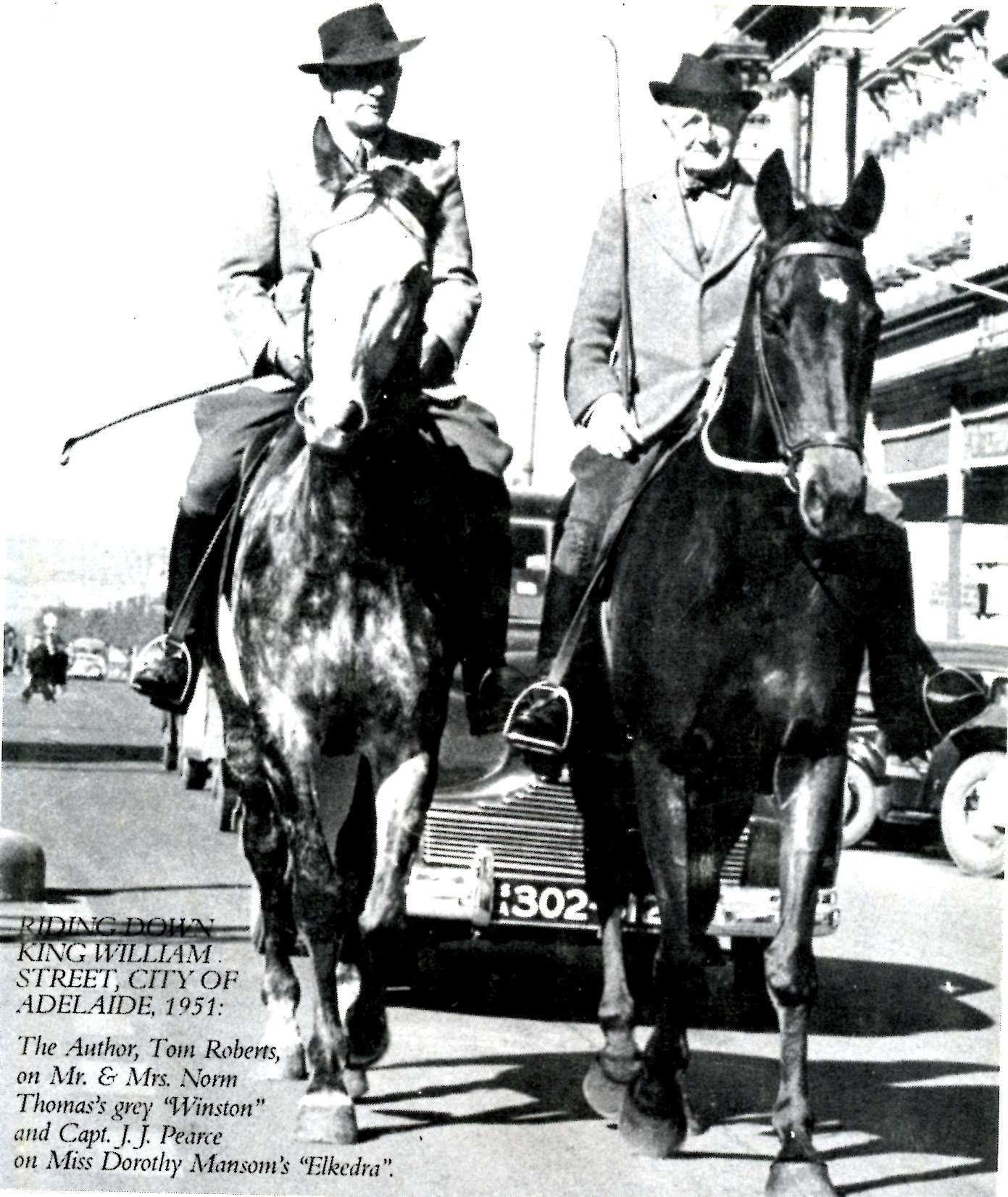
At Weedon I saw Pearce demonstrate anything that was asked for. His horses were splendidly trained, and I must say that after watching a few of these demonstrations I was convinced that although I had always been foremost in any riding class I had been in, I had only reached the stage where I could now begin to learn. A few days watching this expert completely deflated me. He brought me to understand that although I had a good natural ability I still had to learn how to apply it. That in itself was a valuable lesson for me. I still had to learn how to apply any ability I might have – Capt. James Pearce set me searching for more.
We could go on finding more gems of Tom Roberts’ wisdom, do yourself a favor – first buy the new book by Nicki Stewart and Andrew McLean, Go Forward, My dear… by going to Horse SA’s online store $29.99 plus PPH https://horse-sa.myshopify.com/
Then get on the web and find the books!



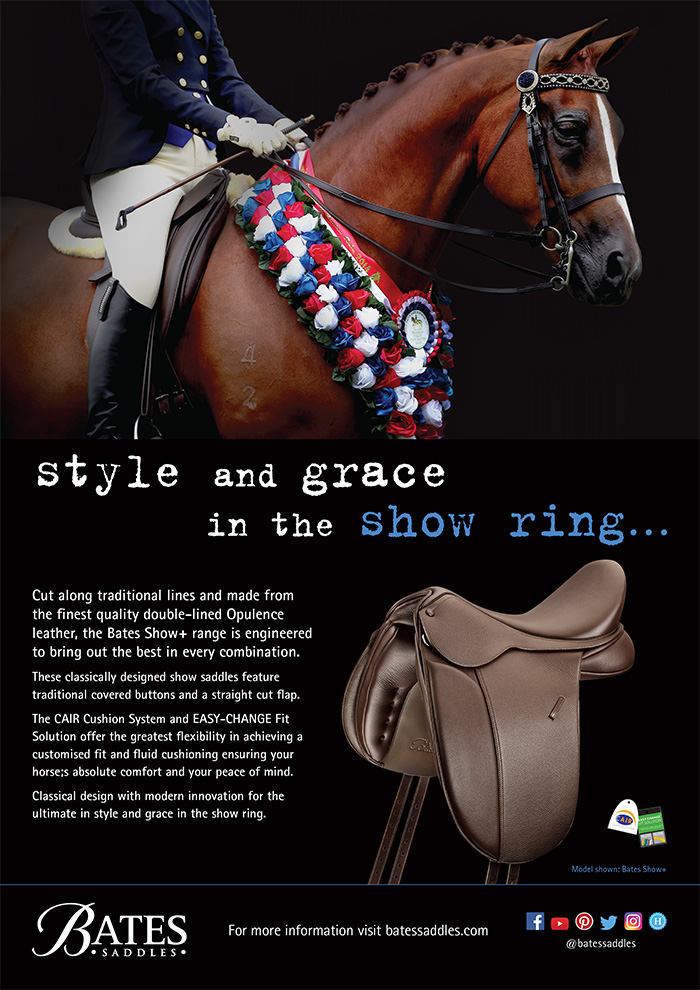

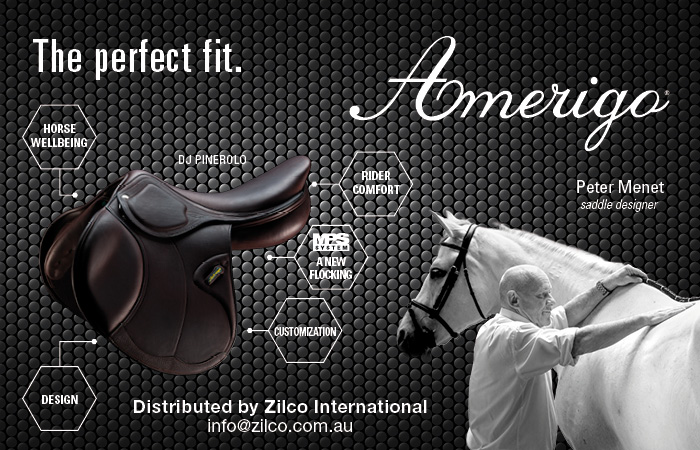
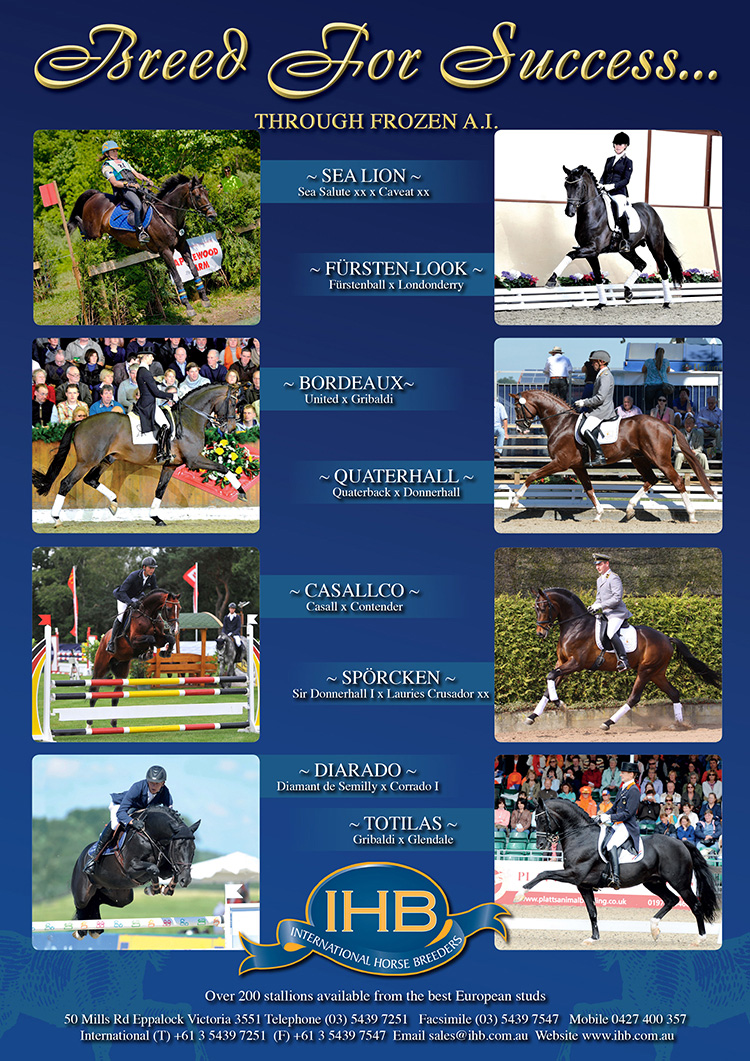
Thank you to The Horse Magazine for a mention in the article about Tom Roberts ‘Go forward, dear’ A horseman’s life and legacy. This book will help raise funds for the non-profit organisation Horse SA to conserve aspects of Tom’s legacy, including old film footage, and his bit collection. The Ebook was uploaded today to http://www.tomroberts.net.au as a bit of news hot off the press.
I love all of Tom’s books, first book I go to when I have a problem or starting a young horse! His method is the best for young horses!
Thank you so much for posting this article. Like a blast from the past. “Legs Without Hands : Hands Without Legs”. God, if only modern dressage had stuck to this adage it wouldn’t be in its current mess.